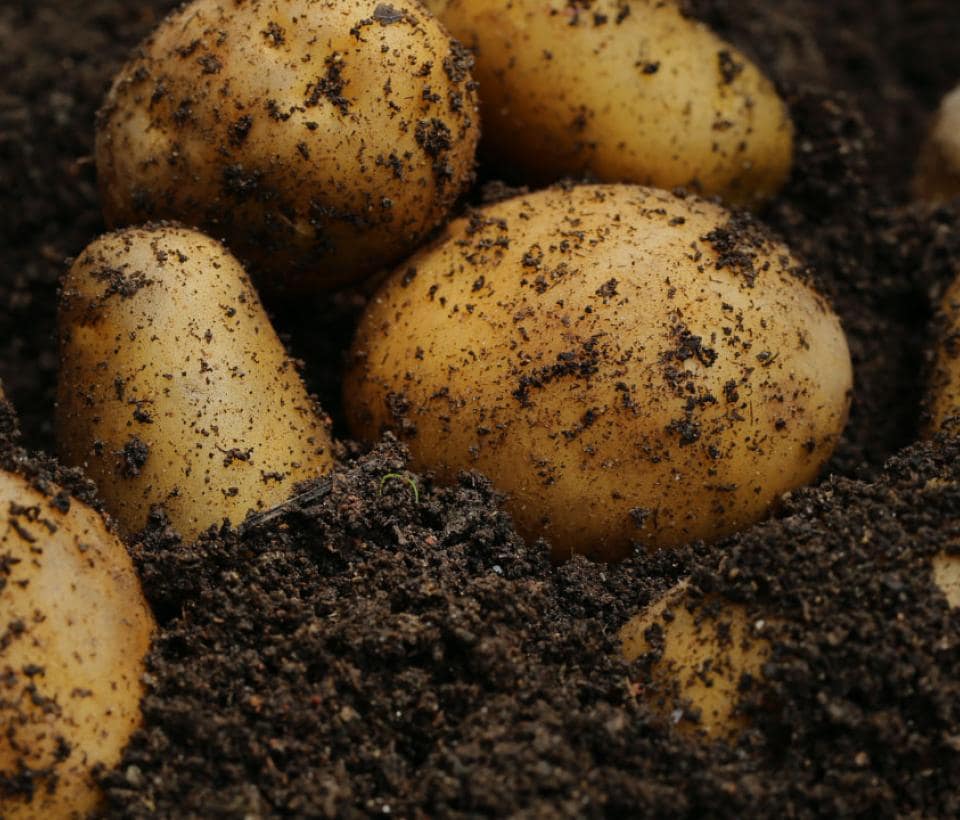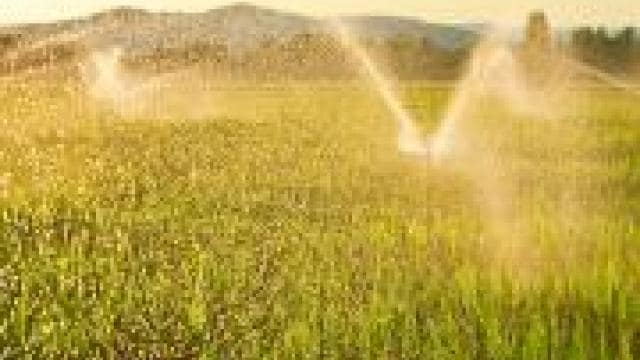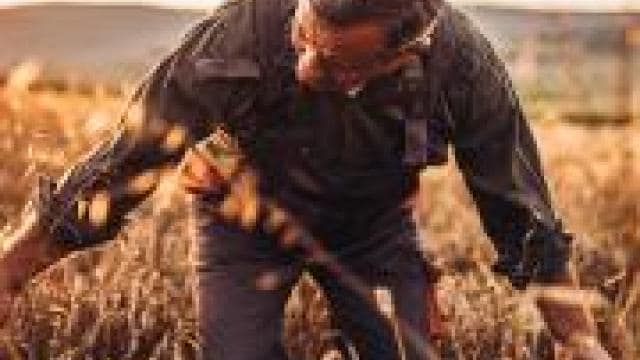Stronger Soil Equals a Healthier Ecosystem

The ground beneath our feet has helped humanity grow and thrive for millions of years. Soil is the foundation for successful harvests. That’s why we’re constantly trying to understand and learn from it. By openly pursuing research opportunities and new ideas with partners, we’re not only trying to improve agriculture’s relationship with soil but provide the resources that will help us build a better future for all.
Just like the air we breathe or the water we drink, soil needs to be protected. The right soil composition allows roots to perform their function properly. Roots capture water, nutrients, and minerals as well as anchor plants in the ground. Whenever the health of roots is compromised, plants are weakened, and without fertile soil, roots cannot grow.
At Bayer, we’re building an innovative approach that brings together tailored solutions to help farmers have better harvests, while maintaining soil health.

Leaving the soil undisturbed
Modern farming enables farmers to leave the soil undisturbed and promote soil health. Practices such as no-till, reduced-till, and conservation tillage allow farmers to reduce or eliminate plowing a field, churning up the soil. When soil is broken up and turned over in the tilling process it releases carbon stored in the soil and increases the possibilities that the soil will erode via wind or rain.
Reduced tillage practices allow valuable nutrients and moisture to remain in the soil, limit soil erosion, reduce water run-off, and enable farmers to make better use of rainwater. These practices have the potential to decrease the need for irrigation and allow farmers to protect freshwater sources. No-till methods can also help sequester carbon in the soil. With minimal or zero tillage, farmers help prevent greenhouse gases from building up in the atmosphere and help in the fight against climate change.
Another advantage of no-till is that farmers are able to better preserve the ecosystem for earthworms, nematodes, mites, insects, fungi, bacteria, and over 1,000 different species of invertebrates. As we continue seeking the future of agriculture, we’re finding innovative ways to protect farmers’ crops by tapping into the power of organisms already in the ground.
Protection all year round
Cover cropping is another rapidly growing farming practice used to reduce erosion and improve soil health.
Through the practice of cover cropping, farmers can grow various plants—like radishes and clover—between growing seasons. Plants like the tillage radish can provide relief, delivering improved erosion protection and increased moisture retention by breaking up the soil. Legumes like crimson clover use natural soil bacteria to pull nitrogen from the atmosphere and attach it to the legume roots, where it can benefit plants in the following year.
Cover crops help keep nutrients and organic matter in the soil, making it healthier and more sustainable, leading to better harvests.
Rethinking plant nutrients
Fertilizers continue to be one of the biggest expenses farmers face each year. Over three percent of the world’s greenhouse gas emissions and three percent of natural gas used globally comes from the use and production of synthetic nitrogen fertilizers. But what if we could harness the natural powers of bacteria in the soil to help plants capture nitrogen from the environment?
At Bayer, we’ve partnered with Ginkgo Bioworks to form Joyn Bio, a joint venture working to create microbes that help crops extract nitrogen from the air and radically reduce the need for synthetic fertilizer. Together, we’re studying the relationship between microbes and plants. We’re looking at how these two have evolved and their unique contribution to the ecosystem. We hope to enable farmers to reduce fossil fuel usage and greenhouse gas production caused by agriculture. The work we're doing might be microscopically small, but the potential for positive impact is gigantic.











